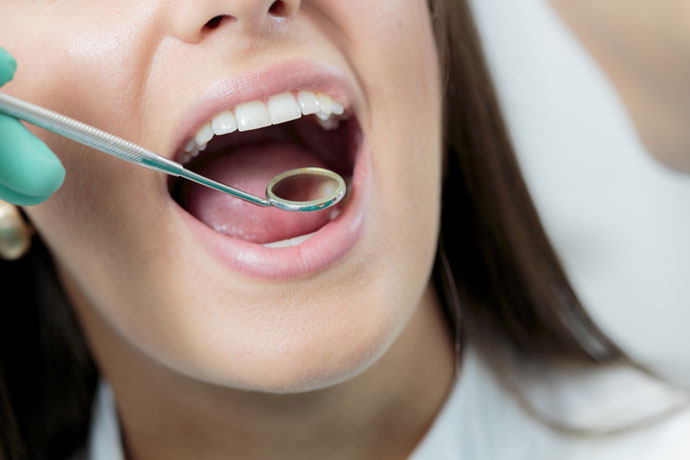Dentists Develop New Pain-Free Cavity Treatment So You Don’t Have To Fear The Drill Anymore
Finally, a trip to the dentist could actually be both stress and pain free in the near future. Dentists at King’s College London have developed a new tooth-decay filling that can be used to repair cavities without painful injections or drilling treatments.
The new treatment is called Electrically Accelerated and Enhanced Remineralisation (EAER), and it works to repair a tooth by accelerating the natural movement of calcium and phosphate minerals into the cavity. In a two-step procedure that taps into the idea of “remineralization,” EAER first prepares the damaged enamel of the tooth, then it uses a small electrical current to push minerals into the repair site — essentially helping the tooth to “self-heal.” Researchers say the pain-free procedure is much gentler on both patients and their nerves and could be available within the next three years.
“The way we treat teeth today is not ideal,” said professor Nigel Pitts, of King’s College London’s Dental Institute.
When we repair a tooth by putting in a filling, that tooth enters a cycle of drilling and refilling as, ultimately, each “repair” fails. Not only is our device kinder to the patient and better for their teeth, but it’s expected to be at least as cost-effective as current dental treatments. Along with fighting tooth decay, our device can also be used to whiten teeth.”
A spinout company called Reminova from King’s College London Dental Innovation and Technology Center, the first of its kind from the institute, has been commissioned to commercialize the research and is seeking private funding to develop the new procedure. According to Pitts, the concept of remineralizing teeth isn’t new, but it was simply a matter of figuring out how to perfect the method that led to the creation of EAER.
“People were talking about remineralization in the 1980s, but it’s been hard to achieve a viable way that will remineralize established, large lesions in depth.” Pitts said.
“Using the electrical method, we can achieve remineralization that would have taken weeks, and we can do it an order of magnitude faster and better.”










































